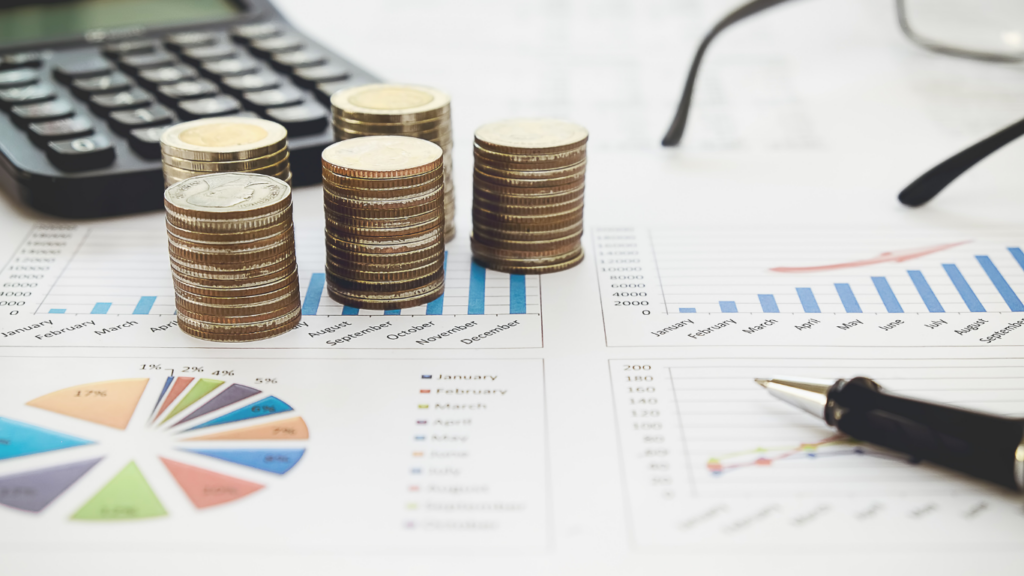Introduction: The Unseen Architects of Somalia’s Recovery
In the bustling markets of Mogadishu, where the scent of freshly ground spices mingles with the hum of haggling traders, a quiet revolution is unfolding. Small shop owners, women weaving intricate textiles, and young tech entrepreneurs are no longer just survivors of Somalia’s turbulent past—they are pioneers of its future. Yet, their dreams of growth have long been stifled by a fractured financial system, where banks once shuttered their doors and trust in formal institutions evaporated like monsoon rains in the dry season.
Enter Gargaara Finance Limited, an institution born not just to inject capital into Somalia’s veins but to rebuild the very heart of its economy. This is not a story of numbers and spreadsheets. It is a story of people—of farmers coaxing life from arid soil, of bankers relearning their craft, and of a nation stitching itself back together, one loan and one training session at a time.
- The MSMEs: Somalia’s Beating Heart
1.1 The Shopkeepers, Artisans, and Dreamers
Walk through the labyrinthine alleys of Hargeisa’s livestock market or the vibrant ports of Kismayo, and you’ll find Somalia’s true engine: its micro, small, and medium enterprises (MSMEs). These are not faceless entities but individuals like mothers who everyday try to make a living. For years, many people relied on informal loans from relatives, paying exorbitant interest that devoured their profits.
Gargaara’s mission began with voices like those people. The institution recognized that Somalia’s MSMEs—75% of its workforce—were not just businesses but lifelines. Yet, their potential was strangled by systemic neglect. Banks, hollowed out by decades of conflict, viewed small entrepreneurs as risky bets. Loan officers lacked the tools to assess nontraditional collateral, like a farmer’s future harvest or a woman’s handmade jewellery inventory. The result? A chasm between ambition and opportunity.
1.2 The Three Windows: Bridging the Divide
Gargaara approached this challenge with a blend of pragmatism and empathy, crafting three financing pathways:
- The Large Loan Window
- The Small/Medium Loan Window
- The Micro-Loan Window
But Gargaara’s innovation lay not just in what they funded, but how. Loan officers were trained to listen—to understand that a widow’s embroidery collective in Garowe might lack paperwork but not determination.
- The Banking Sector: Rebuilding Trust, One Training Session at a Time
2.1 The Ghosts of the Past
To grasp Gargaara’s second act—the resurrection of Somalia’s banking sector—one must first understand its collapse. For years after the civil war, banks operated in shadows. Loan decisions were dictated by clan affiliations rather than creditworthiness. Tellers, untrained in modern finance, struggled with basics like liquidity management.
Gargaara’s founders knew that pouring money into MSMEs would fail unless banks could steward it wisely. Thus began an unglamorous yet vital mission: transforming Somalia’s financial intermediaries from rusty pipes into conduits of hope.
2.2 The Classroom Without Walls
Imagine a sunlit conference room in Mogadishu, where bankers once wary of change now gather around flipcharts and learn, discuss and understand banking well. The impact is palpable. This will create a bridge between the bank and the business community.
- The Road Ahead: Planting Trees Under Which We May Never Sit
Gargaara’s journey is far from over. The road ahead winds through policy deserts and cultural mountains:
- Regulatory Reform: Advocating for laws that recognize a farmer’s plow as collateral.
- Digital Frontiers: Piloting mobile lending apps to reach nomadic herders in Somalia’s hinterlands.
- Gender Equity: Creating “women’s wings” within banks to shatter glass ceilings.
But in the words of CEO Sulieman Dualeh, “Progress is measured not in dollars, but in dignity.” In villages where savings clubs once met under acacia trees, families now discuss business plans. In bank halls once echoing with silence, laughter mingles with the clatter of keyboards.
The Alchemy of Hope
Gargaara’s tale is not one of instant miracles but of slow, deliberate alchemy—turning scepticism into trust, isolation into community, and survival into prosperity. As Somalia rebuilds, its MSMEs and banks are no longer mere actors in an economy but partners in a shared odyssey. And in this odyssey, every loan granted, every farmer trained, and every banker empowered is a stanza in an epic poem of resilience.
For readers navigating their own struggles, Gargaara’s lesson is universal: Capital is vital, but it is humanity—patient, persistent, and unyielding—that truly builds the future.

